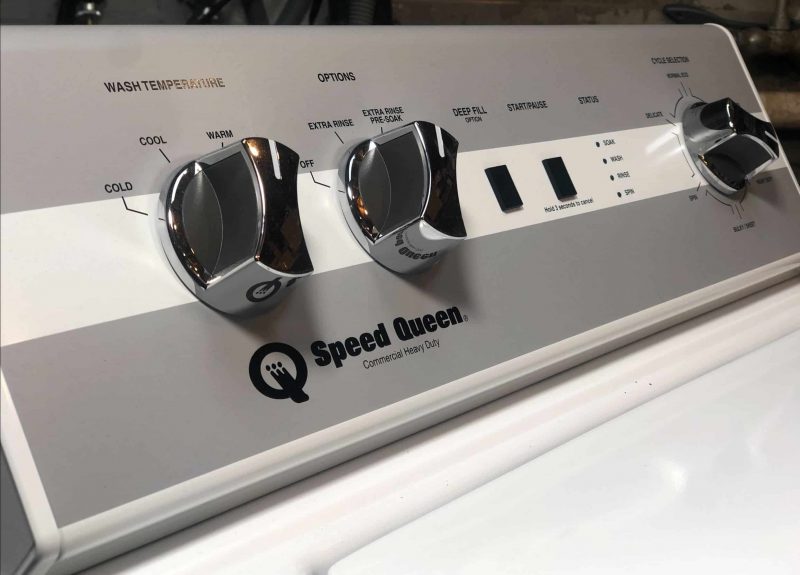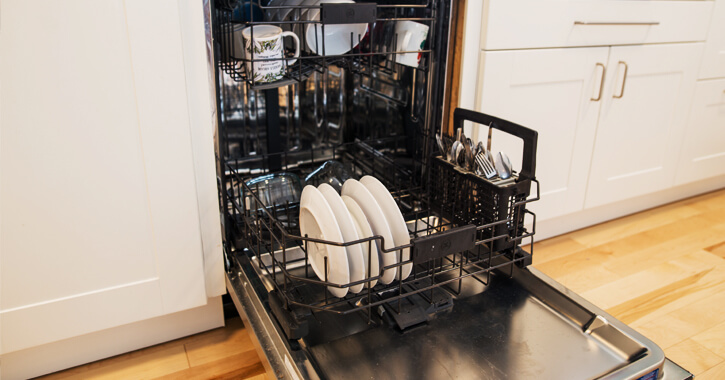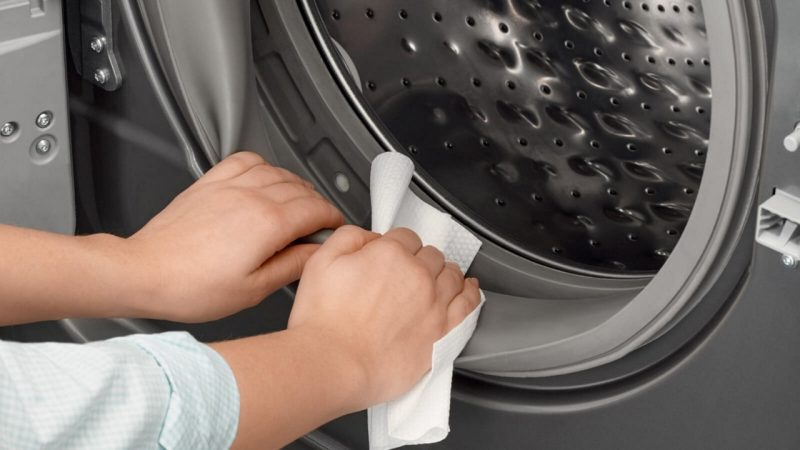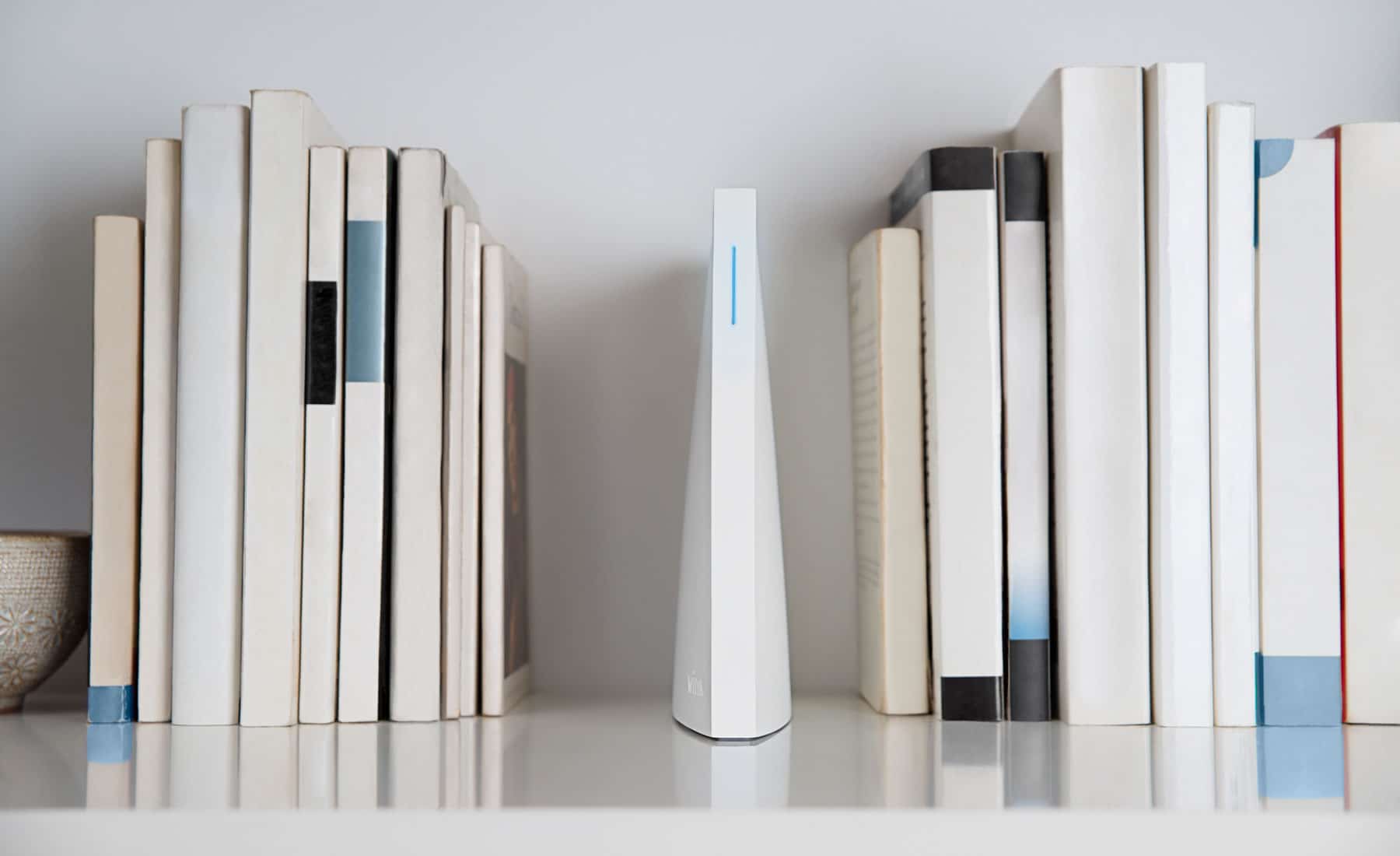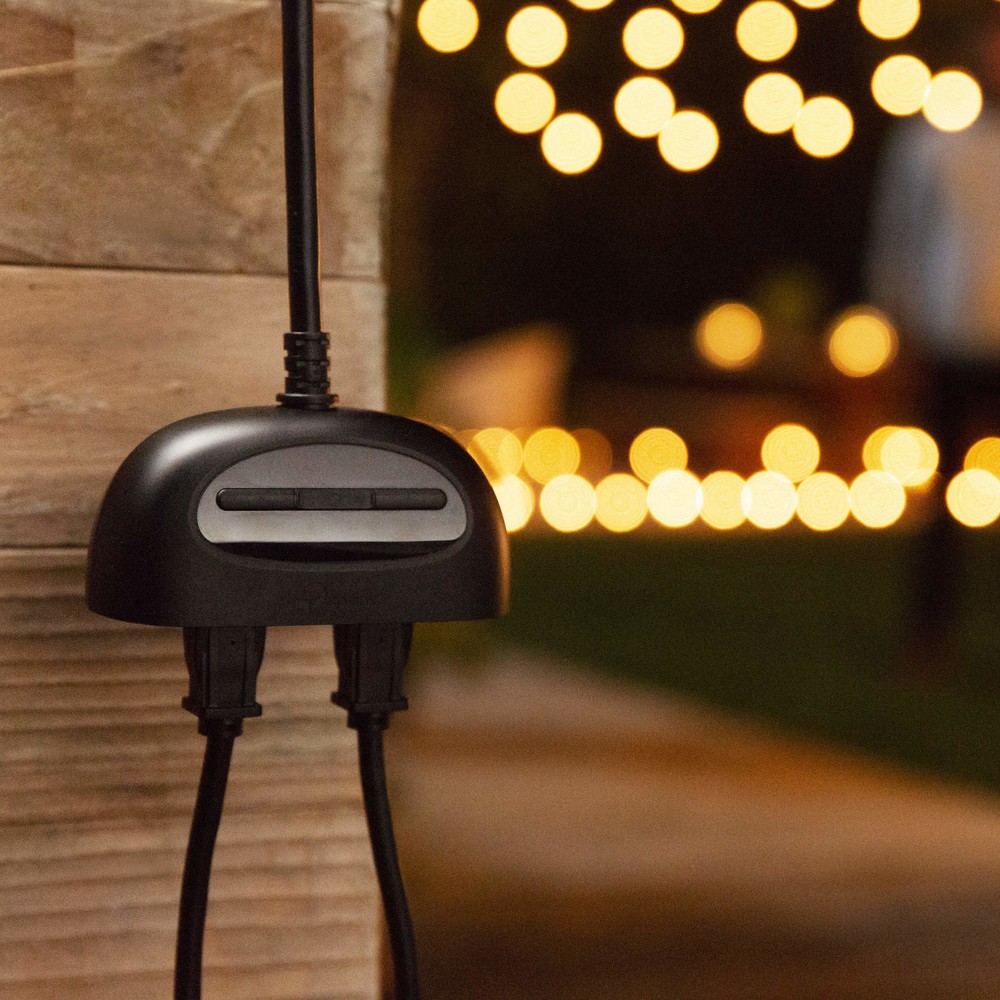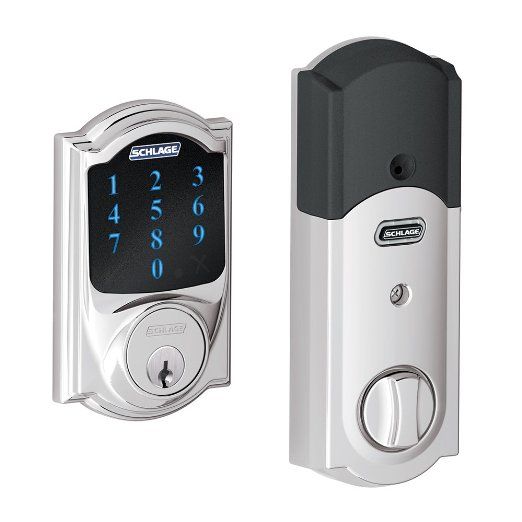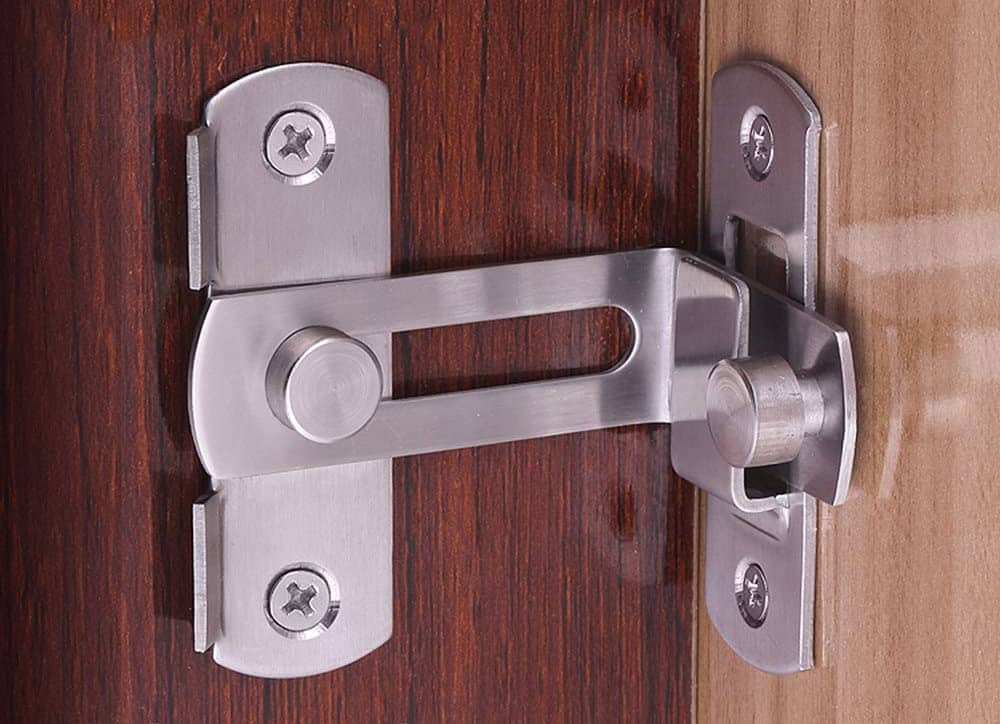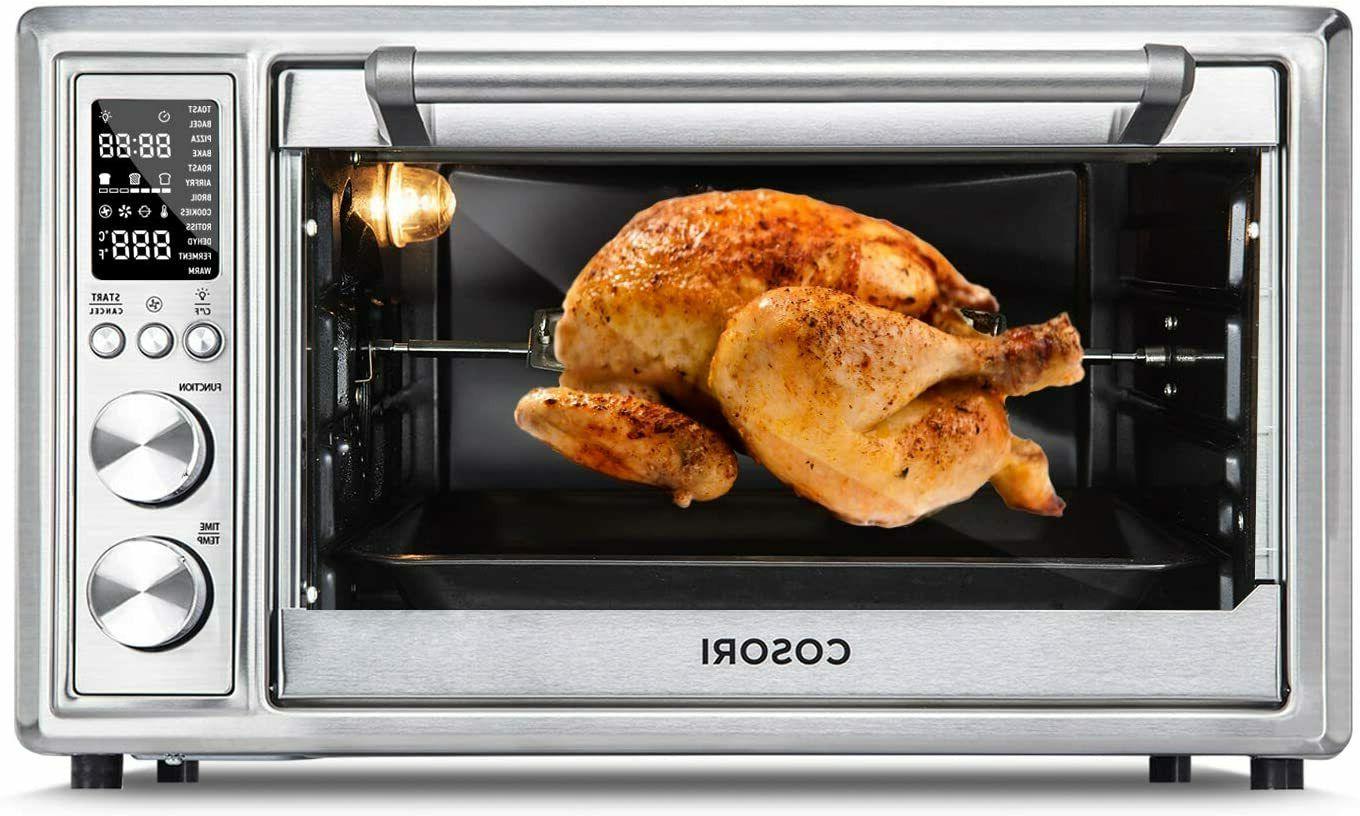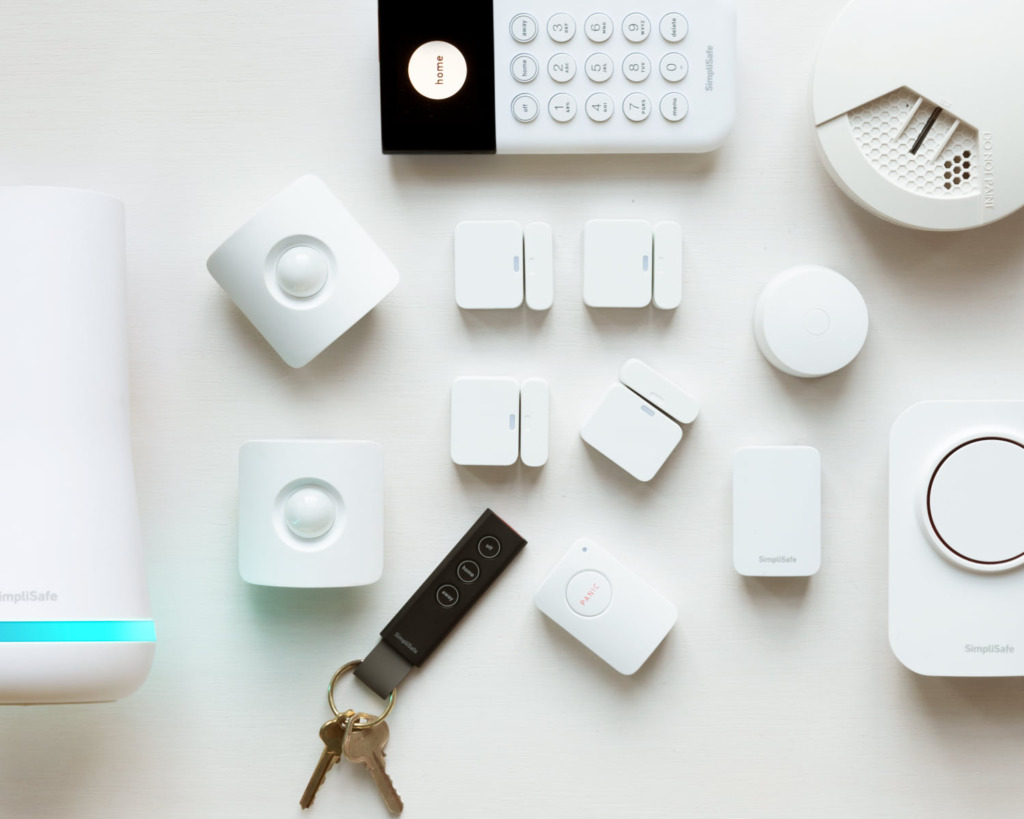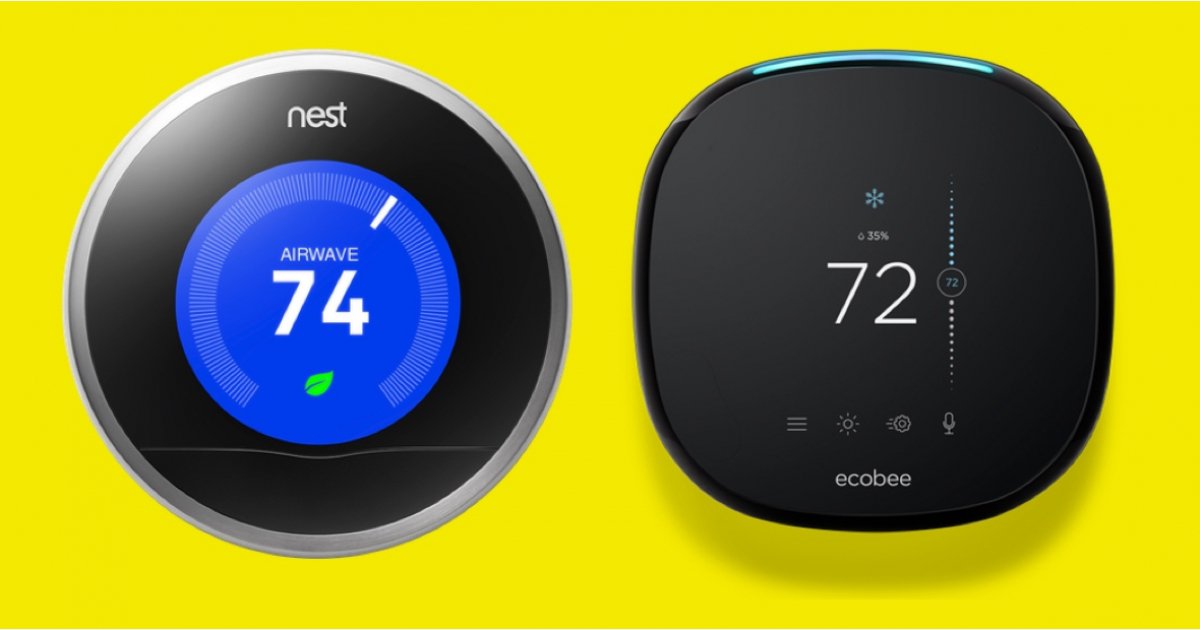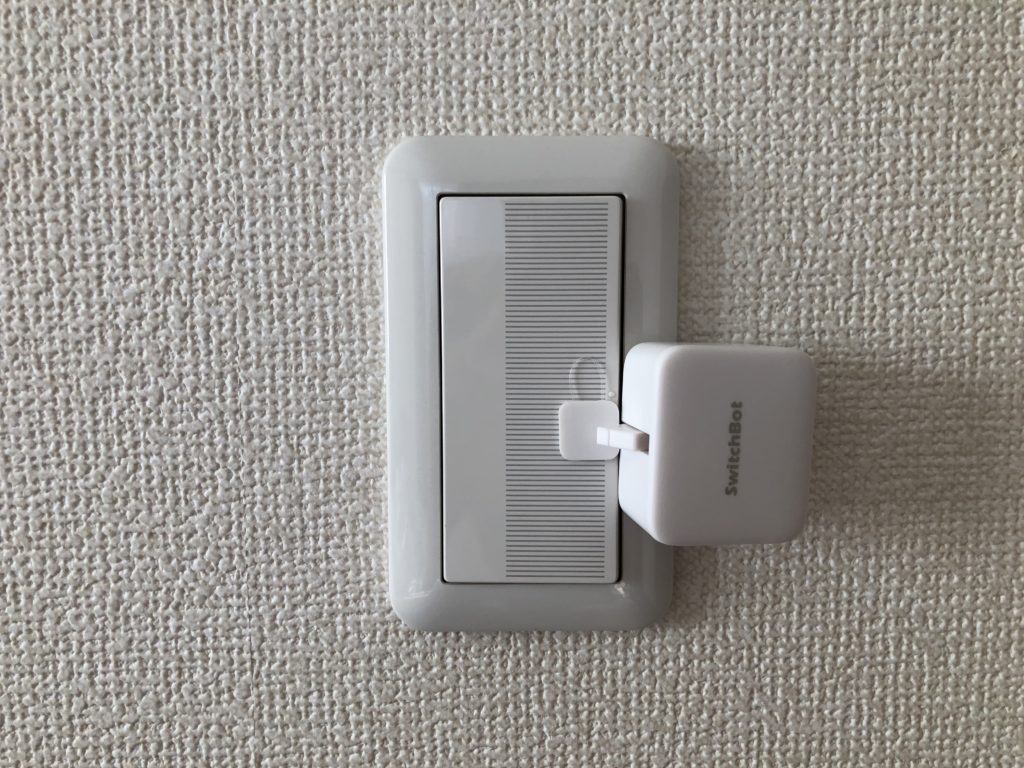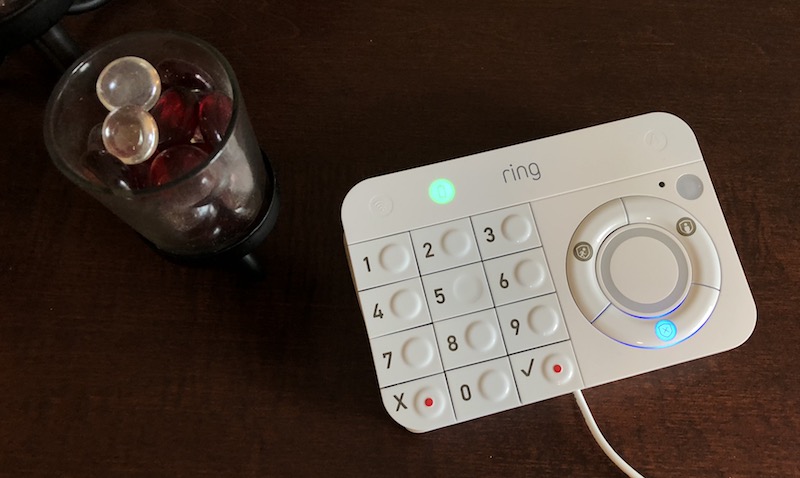Has the performance of your washer decreased? OR have water stains started to appear on your clothing? If so, there’s a good chance the filter needs to be cleaned.
It’s crucial to keep your Samsung washer clean because doing so keeps mold and odors from growing and keeps your washer operating as it should.
Keep reading and learn how to clean your Samsung washer and top-loading washers, whether you’re cleaning surface stains, the pump filter (on front-loading washers), or executing a Self Clean or Pure Cycle.
You May Also Like: How to Clean a Maytag Washer?
Table of Contents
Self-clean Function
The majority of Samsung washers have a self-clean feature that makes it simple to clean the washer’s drum without the need for chemicals or calling a technician. The self-cleaning feature, also referred to as Pure Cycle or Self Clean+, specifically targets mold growth and tub areas where moisture and detergent residue tend to collect. With a top-loading washer, the self-clean function takes about an hour, while a front-loading washer needs four hours. Samsung advises using bleach or a washing machine cleaner if your washer lacks a self-cleaning feature; more information on these solutions is provided below.
Why Use the Self-Clean Function?
Samsung washers can be thoroughly cleaned using the self-clean feature in accordance with the instructions from the manufacturer. The use of the self-clean feature eliminates the need for cleaning agents or do-it-yourself repairs that might harm the washer. The self-cleaning feature ensures you adhere to the terms of the manufacturer’s warranty policy while using the least amount of water possible. However, not having to get your hands dirty or spend a lot of time cleaning the washer may be the biggest advantage.
How Frequently Should You Run A Self-clean Cycle?
Samsung washing machines with self-cleaning cycles typically have a light that flashes when the washer needs to run a self-cleaning cycle. After 20 loads have been run through the machine, the light will come on. The light will blink for five more loads if you ignore it before it stops. It will blink once more to remind you to run a self-clean cycle after 20 additional loads have been completed.
Samsung advises using the self-clean feature every 20 loads with top-loader models and every 40 loads with front-loader washers if your washer lacks a self-clean light.
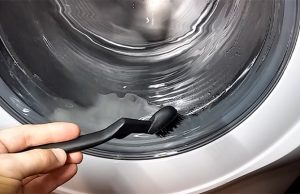
How To Use The Self-clean Function To Clean Samsung Washer?
The self-clean cycle function does not need any cleaner to be added if bleach is not used (discussed below). Running the self-clean cycle once more should clear any suds or residue that you may have noticed in the washer tub during the cycle.
To run a self-clean cycle:
- Ensure that the washer is plugged in and empty.
- Press Power.
- Press Self Clean.
- Press Start.
You can run a regular load of laundry after the self-clean cycle has finished (1 hour for top-loaders and 4 hours for front-loaders).
How To Clean With Bleach?
Samsung advises running a self-clean cycle with bleach if there is an odor coming from the washer or if mold or mildew is visible.
To clean the washer with bleach:
- Ensure that the washer is turned on and empty.
- Press Power.
- Fill the detergent (not the bleach) container in the washer all the way up with liquid bleach.
- Press Self Clean.
- Wait until the washer’s self-clean cycle is complete (for top-loaders, this takes an hour; for front-loaders, it takes four hours).
- Clean the tub of the washer.
- Run the rinse-and-dry cycle.
- To allow it to air dry, open the lid and detergent container.
If your washer is front-loading, the pump filter needs to be cleaned as well.
How To Clean Samsung Washing Machine Filter?
It’s time to thoroughly wash the filter after you’ve located and separated it.
There are two ways to effectively clean your Samsung washing machine filter:
- By using a washing machine cleaner
- By using a DIY homemade washing machine cleanser
Simply follow the below instructions to clean the filter.
1. Fill the small bowl or cup you previously prepared with the washing machine cleaner OR homemade cleaning solution (made with vinegar or bleach).
2. Put the filter in the solution to soak it now.
3. Scrub the filter thoroughly to remove all dirt and debris using a toothbrush or paper towel.
4. When finished, thoroughly clean the filter with water, then reattach it to the washing machine.
5. To clean your washing machine’s interior as well, run a hot water wash cycle.
TIP: You might not need to use any cleaning agents if you clean the filter on a regular basis. You should be able to get rid of the lint and debris by just using water and a toothbrush.
Here is a helpful video that demonstrates how to clean the filter from a Samsung top load washer if you find it difficult to follow the steps above.
Note: Not all models are created equal; some may have round filters, some may have rectangular filters, and some may have detachable units while others may not. High-efficiency top-loaders actually don’t have a detachable filter; instead, they use a pump filter and rely on self-cleaning technology to keep lint at bay.
How To Clean The Detergent Drawer?
Detergent residue that builds up in the detergent drawer over time can hinder the washer’s ability to do its job properly. To avoid poor cleaning and to avoid drainage and leaking problems in the future, Samsung advises keeping the detergent drawer clean.
To clean the detergent drawer:
- Take out the washer’s detergent drawer. With front-loading washers, the drawer can be taken out by pushing on the ends of each side. Pull the drawer out of top-loading washers and tip it upward to remove the drawer.
- Once the detergent residue has been eliminated, rinse and scrub the detergent drawer.
- Bring the drawer back to the washer.
What If The Self-clean Feature Cannot Work?
Try running the self-clean cycle again, try adding bleach to the self-clean cycle, and be sure to run a rinse and spin cycle after the self-clean cycle if it appears that the self-clean function isn’t working completely. If the issue continues, it’s possible that the self-clean feature is broken, in which case you should get in touch with Samsung support and have a technician examine the washer.
Final Thoughts
When working with any kind of cleaning solution, you should always wear safety gloves and goggles.
Don’t try to force the filter out if your washing machine doesn’t have one because doing so could damage the machine.
In order to maintain your washing machine’s peak performance, clean the filter frequently.
Read More: Best Way to Clean Microwave

